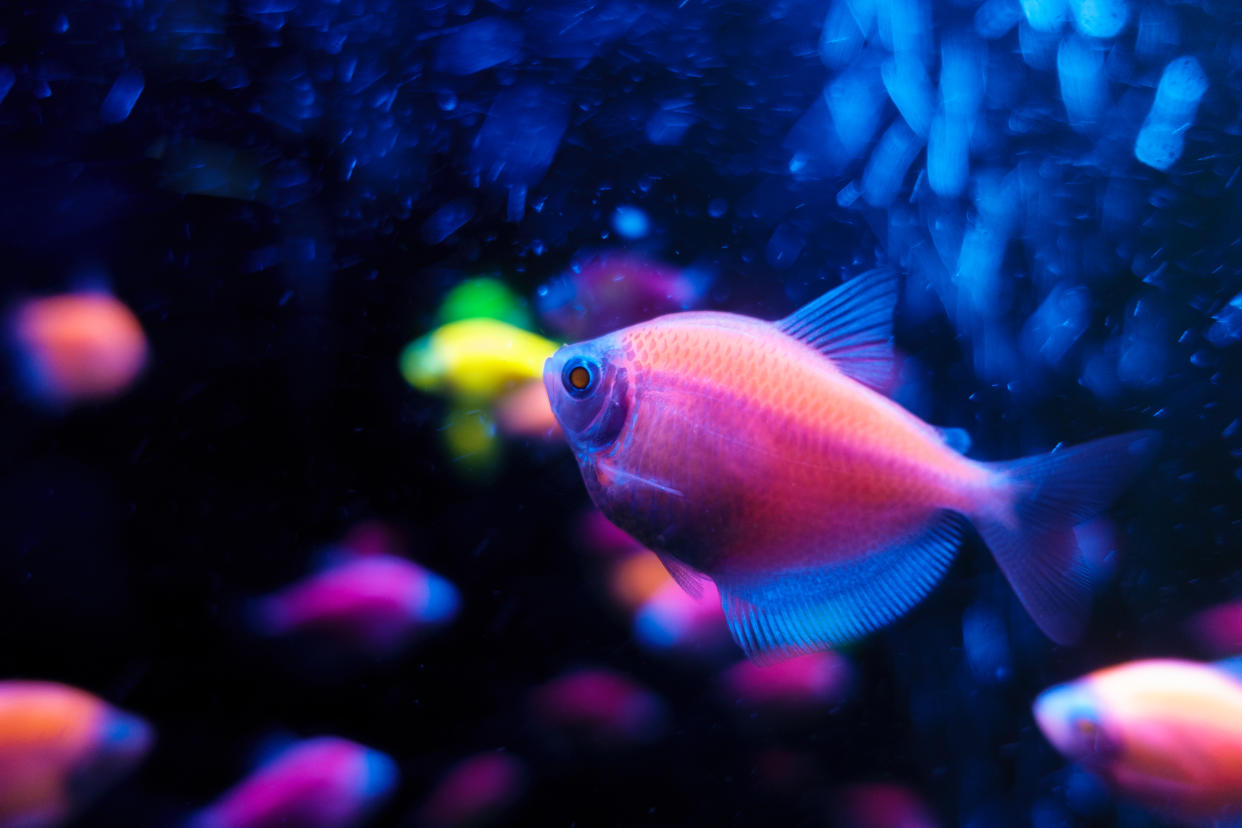New technique to track genetically modified animals that have escaped into the wild

Genetically modified animals are increasingly common, from glowing aquarium fish to mosquitoes edited to carry a particular gene.
A new technique could help to monitor such animals when they escape into the environment – using the artificial transgenes they leave behind in the environment.
McGill University researchers say that the method could be a useful tool to find animals that have escaped.
The researchers show for the first time that artificial transgenes from a variety of genetically modified animals like fruit flies, mice, and tetra fish can be detected and sequenced from the DNA left behind in soil, water, and in the form of faeces, urine or saliva.
The researchers say that this could be used, for example, to detect the transgenes of genetically modified mosquitoes from pools of standing water in areas where they were recently released.
Watch:Genetically Modified Animals: What Could Go Wrong?
Read more: Melting snow in Himalayas drives growth of green sea slime visible from space
Techniques using DNA are cheaper than traditional ways of monitoring animals, the researchers say.
Charles Xu, a PhD student in Department of Biology at McGill University, said: "Until now, no-one had applied these environmental DNA methods to genetically modified animals, even though they are already in the wild.
“Detection of animal transgenes from eDNA can be very useful because it can tell you whether genetically modified animals are there without the need to find them."
Advances in genome-editing technologies like CRISPR have dramatically simplified the process of creating genetically modified organisms, leading to an explosion in the number and types of genetically modified animals being produced around the world.
Some genetically modified animals, like glowing aquarium fish, can be purchased by the public, while others, like mosquitos, have been released into the wild.
The creatures carry artificial transgenes, or genes that have either been altered by scientists or introduced from another species by artificial means.
Read more: A 1988 warning about climate change was mostly right
"Because genetically modified animals are often indistinguishable from their natural counterparts based on appearance alone, environmental DNA or eDNA methods could be especially useful for early detection and monitoring purposes," said Xu.
"That is especially true in cases where these animals may escape from the lab or the farm, move to places they don't belong, or crossbreed with natural animals."
In the future, labs, companies, and governments involved in producing and managing genetically modified animals will be able to use eDNA methods to detect and track them.
Watch: Genetically engineered trees could help fight climate change


